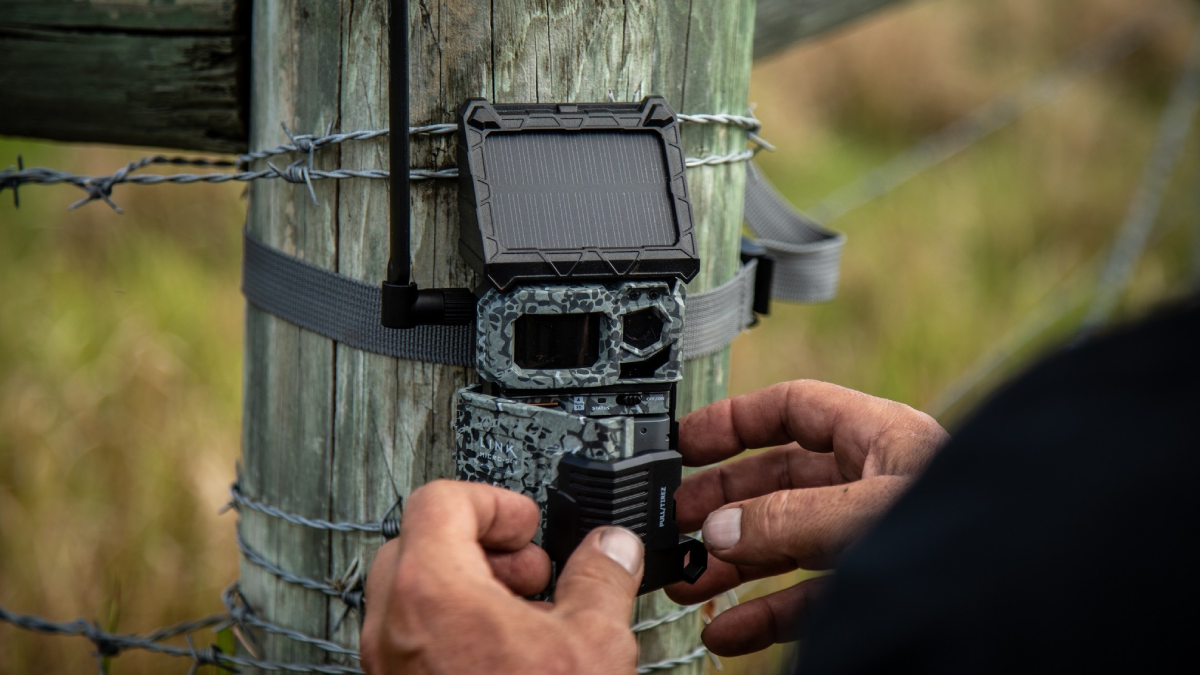In the realm of wildlife photography and monitoring, Spypoint cameras have carved a niche for themselves, offering unparalleled ease of use and exceptional image quality. Perfect for both seasoned wildlife enthusiasts and individuals keen on exploring the natural world, these cameras serve as silent witnesses to the untamed beauty that thrives in our environment. Setting up a Spypoint camera correctly is crucial for capturing those magical moments in nature. From selecting the right location to tweaking the settings for optimal captures, this guide walks you through essential tips to get the most out of your Spypoint camera setup.
Choosing the Best Location
Consider the Wildlife Traffic
The first step to capturing stunning wildlife images is to place your camera where animals are most likely to pass. Look for natural trails, water sources, or feeding areas, as these spots witness regular animal activity. Tracking signs such as footprints, droppings, or chewed vegetation can provide clues to the animals’ paths. Placing your camera facing North or South can prevent overexposure from the rising or setting sun.
Stay Concealed
Concealment is key to ensure animals do not become wary of the camera. Use natural vegetation to camouflage the camera, but ensure leaves or branches do not obstruct the lens. Camouflaging helps the camera blend into the environment, minimizing the chances that wildlife will detect and avoid it.
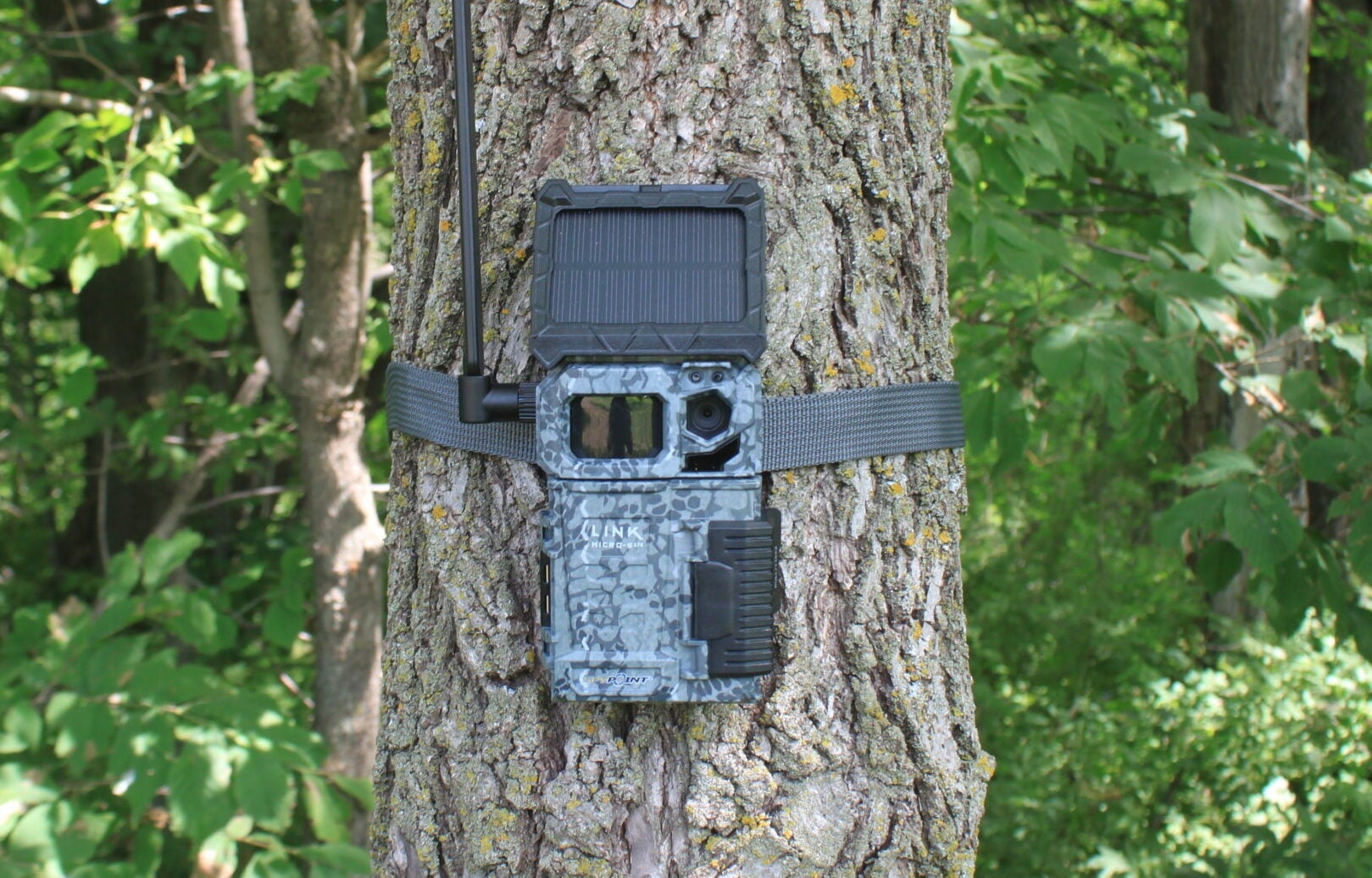
Adjusting Camera Settings
Sensitivity and Trigger Speed
Adjust the camera’s sensitivity and trigger speed according to the size and speed of the animals you expect to capture. For larger, slower-moving animals, a lower sensitivity setting may suffice. For capturing fast-moving wildlife, consider increasing the sensitivity and opting for a faster trigger speed to ensure you don’t miss any action. It might require some experimentation to find the ideal settings that balance between capturing movements without overwhelming your storage with false triggers.
Image Quality and Time-Lapse Features
Set your camera to the highest image quality to capture the finest details of wildlife in their natural habitat. High-resolution images take up more storage space, so ensure your memory card is large enough to accommodate the files. Experiment with the time-lapse feature to capture images at set intervals. This feature is particularly useful for monitoring feeding spots or nesting areas, providing insights into the patterns of wildlife over time.
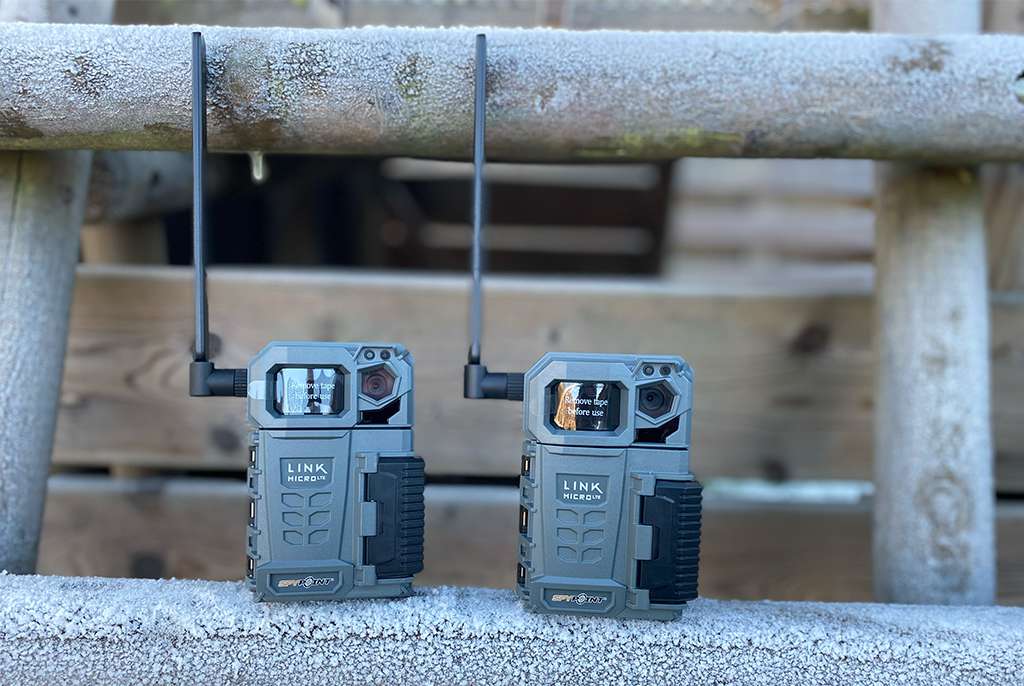
Power and Maintenance
Battery Life and Solar Options
Spypoint cameras are designed for long-term deployment, and managing power effectively is critical. Use high-quality lithium batteries for longer lifespan and better performance in varying temperatures. For remote areas or long-term monitoring, consider equipping your camera with a Spypoint solar panel. This can provide a continuous power supply, ensuring you never miss a capture due to depleted batteries.
Regular Check-ups
Regular maintenance is essential to keep your Spypoint camera functioning optimally. Check your camera periodically for signs of wear and tear or potential obstructions in front of the lens. After retrieving your data, ensure the camera is properly closed and securely mounted, preventing moisture ingress or displacement by animals or strong winds.
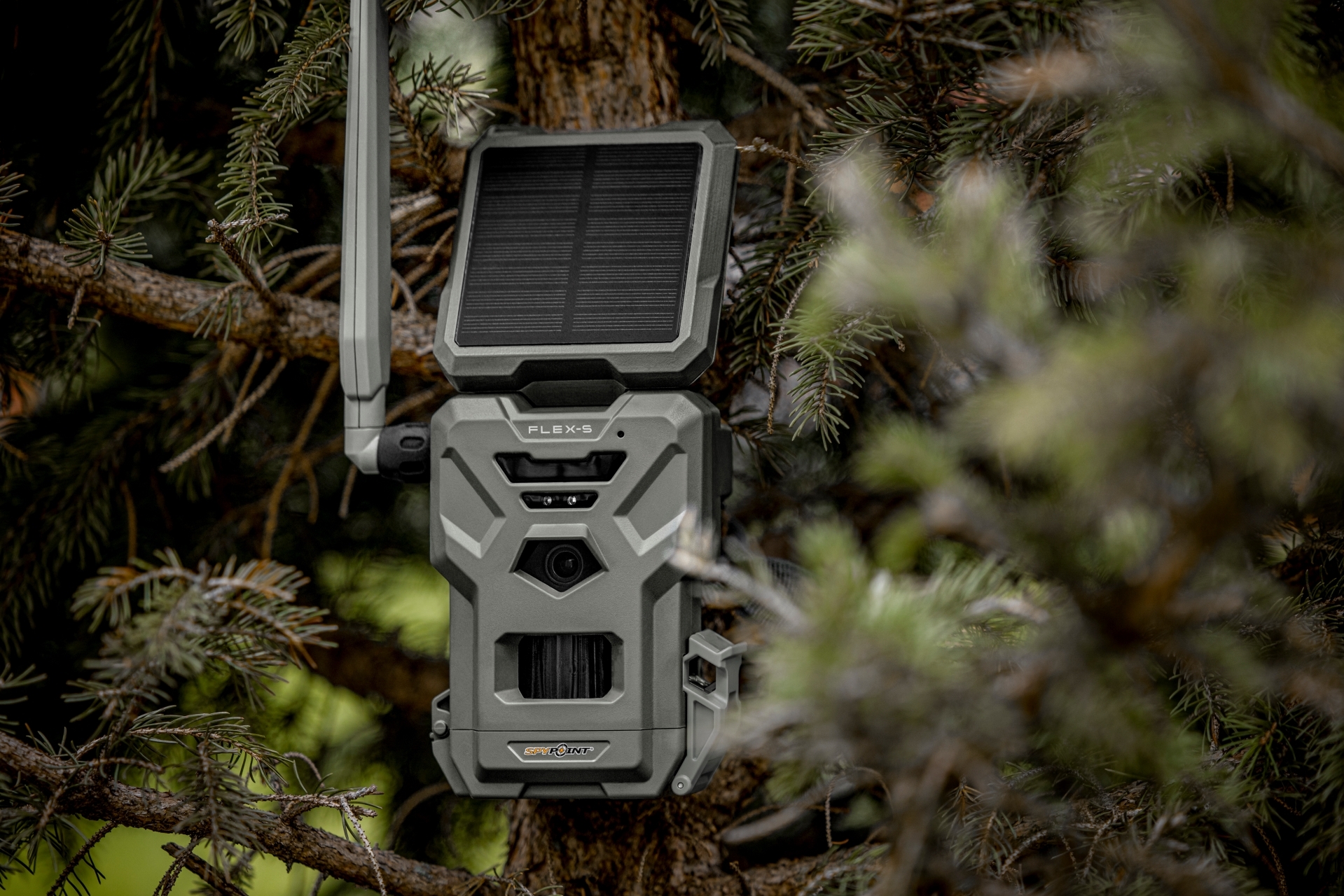
Ethical Considerations and Legal Compliance
Respect Wildlife and Their Habitat
While setting up your camera, it’s paramount to minimize disturbance to wildlife and their environment. Stick to established paths and trails to avoid damaging vegetation or disturbing the animals. The goal is to observe nature as quietly and respectfully as possible, ensuring our activities do not disrupt the natural behaviors and habitat of the wildlife.
Know the Law
Familiarize yourself with the local laws and regulations regarding wildlife photography and the use of trail cameras in your area. Some regions may have specific restrictions on camera placement, especially in protected areas or during certain seasons. Always ensure your Spypoint camera setup complies with these legal requirements to avoid penalties and contribute to the conservation efforts of the local wildlife.

Maximizing Capture Opportunities
Optimal Placement for Varied Shots
To maximize your chances of capturing diverse wildlife activity, consider placing your Spypoint cameras at different heights and angles. Low placements can offer fascinating glimpses of smaller ground-dwelling creatures, while higher placements might reveal the activities of larger animals or birds perched in trees. Be mindful to angle the camera slightly downward to reduce the likelihood of false triggers by the sun’s reflection or high winds moving vegetation.
Utilizing Multi-Camera Setups
For a more comprehensive understanding of wildlife patterns, employ multiple cameras strategically spread across the area. This multi-angle approach gives a more complete picture of animal behavior and movement through a given territory. Ensure each camera is positioned in a manner that complements the others, covering blind spots and expanding the coverage area without overlapping fields of view too much, which could lead to redundant captures.
Nighttime Imaging Techniques
Many wildlife species are nocturnal, and getting clear shots after dark is one of the advantages of using a Spypoint camera. Infrared (IR) flash technology enables the camera to capture images in low light without startling the animals. Position the camera so that nocturnal creatures move across the IR sensor for more consistent triggering. You may also want to reduce the IR flash intensity to avoid overexposure and ensure you capture sharp details of the wildlife during the night.
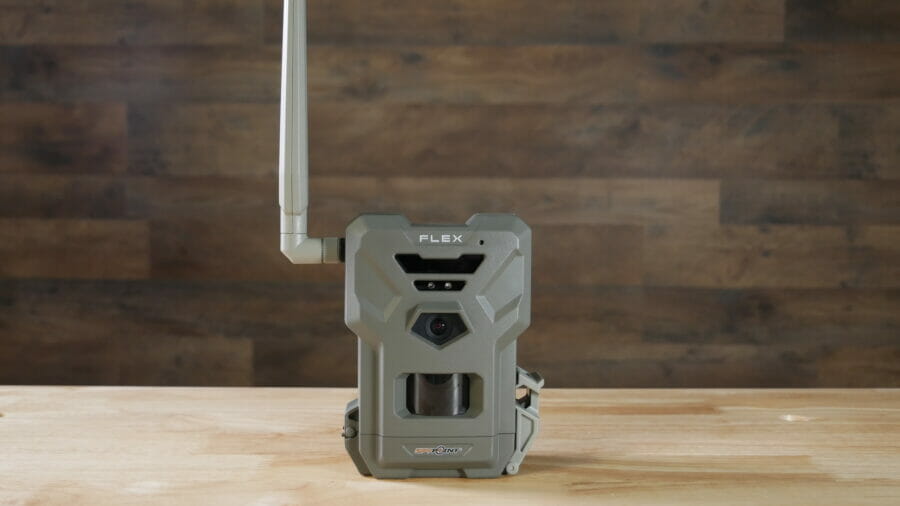
Data Management and Analysis
Efficient Storage and Backup Strategies
With potentially hundreds of captures a day, managing the data efficiently is necessary. Choose memory cards with ample storage and invest in backup solutions like external hard drives or cloud storage to safeguard your images and videos. Regularly backing up your data ensures that you won’t lose precious captures and can free up your memory cards for continuous use in the field.
Analyzing Patterns and Behavior
The abundant data collected by your Spypoint camera can offer valuable insights into wildlife behavior. Invest time in analyzing the time stamps and patterns, which can reveal information such as peak activity hours and preferred routes of animal traffic. This analysis can not only inform better future camera placements but also contribute to larger ecological studies and conservation efforts.
Sharing Findings Responsibly
Whether you are a researcher or a wildlife enthusiast, sharing your captures can educate others and foster a deeper appreciation for wildlife. When sharing images or videos, do so with respect for the animals and consider blurring any sensitive details that might reveal the precise location of vulnerable species. Responsible sharing can promote wildlife awareness and conservation while preventing potential exploitation or disturbance.
In conclusion, achieving perfect captures with a Spypoint camera requires thoughtful preparation, strategic setup, and continuous learning. By selecting the right location, fine-tuning your camera settings, and practicing ethical wildlife photography, you can capture the beauty of the natural world without causing harm. Whether you’re monitoring wildlife for research, security, or simply admiring the intricacies of untamed life, Spypoint cameras offer an efficient and impactful way to connect with nature and preserve its stories for generations to come.
